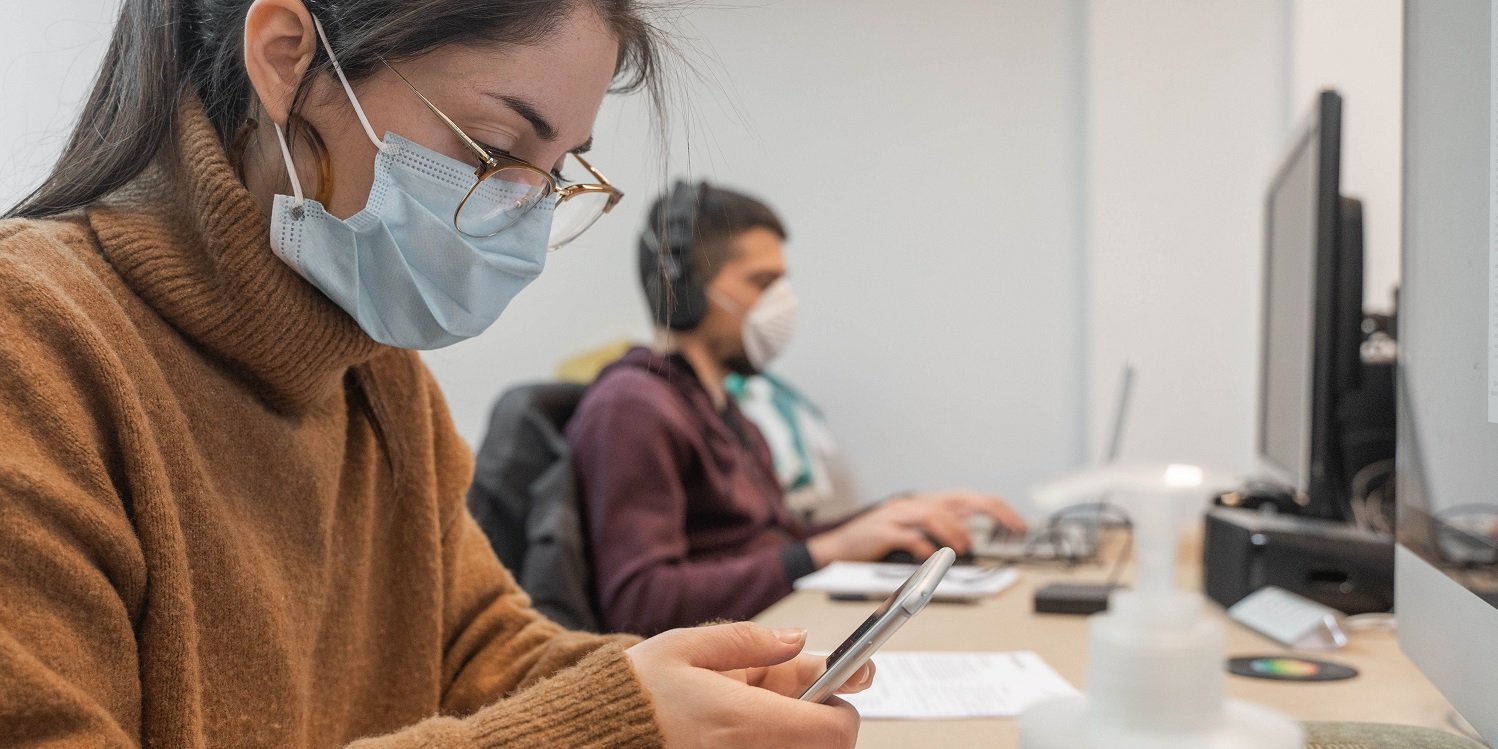Employers’ responsibilities during the coronavirus crisis will depend on the nature of your business. Despite this, there are some things that any employer responsible for one or more employees must follow. The purpose of this post is to give a quick overview of employers' responsibilities for coronavirus so that businesses can feel confident that they are complying to the law when operating over the course of the coronavirus pandemic.
Many employers will have furloughed several or all employees as a consequence of coronavirus. Others will have made the adjustment to home working. These responsibilities relate to how employers should operate going forward as the government gives permission for workplaces to re-open and for furloughed employees to return to work.
Planning for a return to the workplace

The government has said that all employers with a workforce of more than five people must produce a written risk assessment before returning to work in their normal workplaces. The Health & Safety Executive recommends consulting employees about health and safety issues regarding coronavirus - allowing employees to raise their concerns and fostering a two-way dialogue between employer and employee. This can be done remotely before returning to work e.g. through feedback forms that ask employees how they feel about returning to the workplace and whether they have any concerns or suggestions regarding health and safety.
Risk assessments should consider all of the ways in which your business is vulnerable to the risks of COVID-19 and what can be done to manage and mitigate these risks (e.g. through regular hand washing, cleaning of surfaces, and social distancing).
The government expects all businesses with over 50 employees to publish their risk assessments on their websites, and all businesses irrespective of their size to share their risk assessment with their employees. They have issued a poster that employers can print out and display to confirm that they are complying with health and safety in ensuring that their workplace is ‘COVID-19 secure.’
Read more: Employers' legal responsibilities in managing a return to the office
The new workspace: health and safety

The government’s advice remains that where possible workers should remain working from home. In cases where this is not possible, e.g. for businesses where employees are needed for critical business support or operational continuity, employers should plan for the minimum number of people required in the workplace in order to carry out their job effectively and safely.
Other health and safety responsibilities of employers regarding health and safety involve ensuring that actions are taken to mitigate the risk of COVID-19 in the workplace. These include:
- Increasing the frequency of hand washing and cleaning surfaces.
- Keeping the time involved in any unavoidable face to face interactions as short as possible.
- Using screens or barriers between people.
- Using back-to-back or side working.
- Reducing the number of people that staff come into contact with (e.g. through establishing ‘fixed teams’ in which employees are designated to only come into consistent contact with a small selection of other members of staff).
Learn more: Coronavirus in the workplace: how to keep employees safe
Managing the workforce

In order to adhere to social distancing rules, employers are being advised by the government to implement changes into how employees are managed. They suggest encouraging sensible behaviour by introducing changes into how the workplace is designed e.g. through providing hand sanitising facilities at entry and exit points, introducing one-way systems, and providing additional parking facilities or places for people to store bikes.
On top of these measures, employers are being asked to consider staggering the work times of employees so that workplaces don’t become too crowded. Employers should also try to reduce the amount of contact between teams, so that where contact is unavoidable this happens between the same people.
Coronavirus and the workplace: going forward
Employers should make sure that they set out clear communication and maintain an open line of communication with all employees returning to work and at work while the COVID-19 pandemic is ongoing. One key way to do this is through the introduction of an HR software system, which makes it easier to store and share key company documents and guides for employees.
Easily communicate all your policies and procedures with a comprehensive document management system.
Employers should ensure that communications regarding changes to the workplace environment and management of staff is accessible to everybody, including those whose first language is not English. They can also make use of visual communications such as posters and signs.
At all stages of preparing for a COVID-19 secure workplace, employers should consider sharing government-issued guidance on looking after mental health and wellbeing during this time with their employees.
Read more from our blog
How to support employees' mental health during and after lockdown
Written by Kate Taylor
Kate is a Content Marketing Executive for myhrtoolkit. She is interested in SaaS platforms, automation tools for making HR easier, and strategies for keeping employees engaged.


 Holiday Planner
Holiday Planner Absence Management
Absence Management Performance Management
Performance Management Staff Management
Staff Management Document Management
Document Management Reporting
Reporting Health and Safety Management
Health and Safety Management Task Management
Task Management Security Centre
Security Centre Self Service
Self Service Mobile
Mobile




